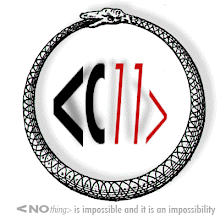CLICK ON AN IMAGE TO ENLARGE
 Winning Bid AU$233.50 29Bids
Winning Bid AU$233.50 29Bids eBAY #: 260591981036

 These three listings on eBAY are more interesting together than individually. Looking at the use of the word "maireener" first it seems to be used to invoke 'Aboriginality' but it also seems to have entered the lexicon with the implied meaning 'small irridecent shell for necklace making'.
These three listings on eBAY are more interesting together than individually. Looking at the use of the word "maireener" first it seems to be used to invoke 'Aboriginality' but it also seems to have entered the lexicon with the implied meaning 'small irridecent shell for necklace making'.There is little doubt the true maireener shells did indeed come from Tasmania given that these shells were harvested commercially in Tasmania in the later part of the 19th C up until approx 1960. It is now known that this was not part of the Tasmanian Aboriginal people's cultural production at that time – albeit that they did make shell necklace mimicked by the commercial producers harvesting these shells.
The likelihood of any of these necklaces being made by a Tasmanian Aboriginal maker is very slim. The necklace described a being made of "natural" shell – eBAY #: 260591981036 – may predate the one described as being dyed – this necklace appears to have been dyed also albit more subtly. The former could POSSIBLY have been made by the Martin family's Hobart/Honolulu operation anytime up until circa 1930s. The dyed necklace may have been made by the Bertie May operation in Hobart 1940s >>1960s – eBAY#: 260591976842.
Both could be described as classic Hobart Necklaces.
The necklace with glass beads is quite unlikely to have been of Tasmanian origin EXCEPT in the case that it was made in Tasmania from imported materials and it is known that tropical shells were being imported into Tasmania for the purposes of "shell craft" around the turn of the 20th C – the shells appear to be tropical. Likewise it is highly unlikely that Aboriginal makers had anything to do with this necklace.
Therefore the authenticity of these necklaces must be regarded as being quite ambiguous.




No comments:
Post a Comment